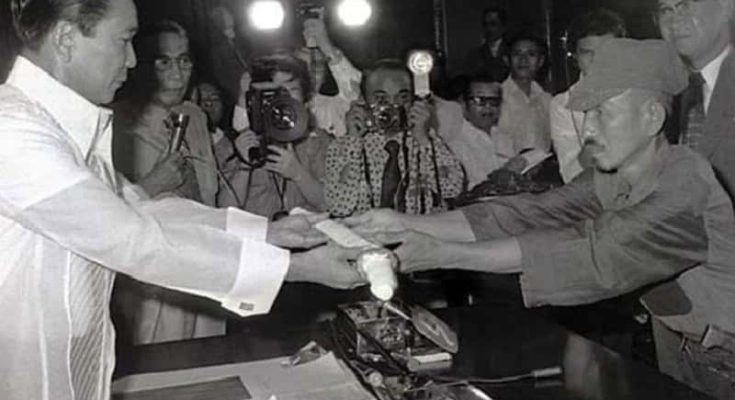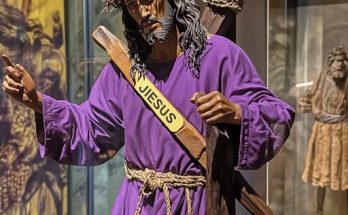During WWII, the Japanese military had a reputation for extreme fanaticism. This was partly due to the Japanese government’s promotion of bushido culture, an 18th-century code of conduct for samurai warriors that emphasized honor, courage, and self-sacrifice. However, Western stereotypes about Japanese culture definitely contributed to this reputation, too. With that in mind, stories about Japanese holdouts might sound like yet another distortion, but there really were soldiers who refused to stop fighting for years after the conflict ended.
The Japanese surrendered on September 2, 1945. However, the Japanese military had occupied most of the inhabited Pacific islands during WWII, and news of the surrender was slow to reach every combatant. Fighting continued on some of these islands for months afterward. On December 1, 1945, Captain Sakae Oba and 46 of his men were the first holdouts to surrender to US forces on the island of Saipan, but they were far from the last. More and more holdouts surrendered in the late 1940s and 1950s, and even beyond.
The most famous Japanese holdout was Hiroo Onoda, who shocked the world when he finally emerged from the Philippine jungle and gave himself up in 1974. Onoda had served as an intelligence officer assigned to conduct guerilla raids in the mountains of Lubang Island, and he and three other soldiers kept fighting after WWII ended. Eventually, news of the surrender actually reached Onoda, but he refused to believe it.
“I became an officer and I received an order. If I could not carry it out, I would feel shame. I am very competitive,” Onoda explained in 2010. Even when the Japanese government dropped flyers on Lubang Island pleading with Onoda to come home, he believed they were really an American trick. In the end, the Japanese government had to fly in Onoda’s former commanding officer to personally beg him to give up. Onoda received a hero’s welcome upon his return to Japan.
The Taiwanese-born Teruo Nakamura was the last verifiable Japanese holdout to surrender on December 28, 1974. More individuals have come forward claiming to be holdouts as late as 2005, but none of their stories have been verified.



